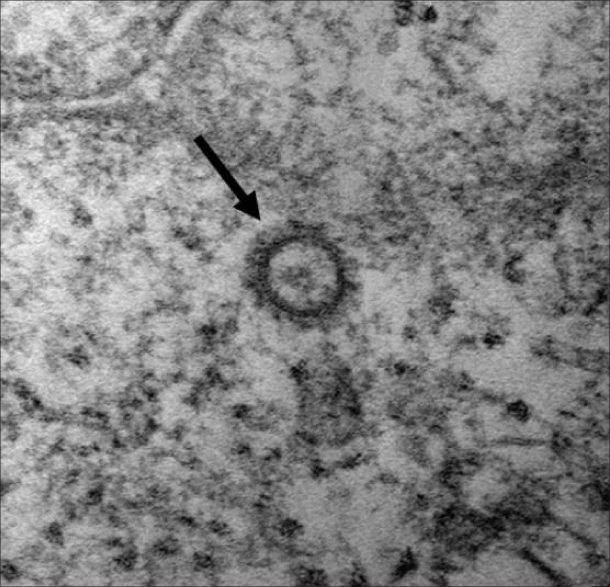The virus crisis: lessons we’ve learned so far

A magnification of Covid-19 taken by the Korea Centers for Disease Control and Prevention. [YONHAP]
The world is once again reminded of the dangers of new diseases like the outbreak of severe acute respiratory syndrome (SARS) in 2003. SARS caused 648 deaths in China and 774 worldwide.
So far, the current coronavirus outbreak has provided three important lessons.
First, controlling people’s movements is essential to preventing the spread of the coronavirus. China missed the “golden time” to halt the spread of the virus because of its poor response in the initial stage.
Although the first patient had symptoms in the beginning of last December, it wasn’t until late January that China started to take measures. As a result, the virus spread rapidly across the country and infected more than 78,000 Chinese nationals.
Korea is no different from China. Although the government declared “preemptive measures to the extent of being excessive” against the virus, the number of confirmed patients continues to dramatically increase. In order to halt any further spread, the government should strengthen its preventative measures and limit people’s movement.
Second, Korea should never overlook the fact that the new coronavirus appears to be more “cunning” - in the words of Chinese health officials - than the usual virus.
Chinese health officials on Feb. 22 gave several examples of how the virus is cunning. It can be spread by someone who is not showing any symptoms. The incubation period, which is alleged to be 14 days, may be more - much more. A patient from Hubei Province, China, tested positive after what appeared to be a 38-day incubation period - with no symptoms.
A cured patient is not completely free from the virus. A confirmed patient from Chengdu, China, was discharged from a hospital after recovery on Feb. 10 and sent to a designated place for two weeks of quarantine. However, he tested positive again on Feb. 19.
In addition, a coronavirus test result can depend on what kind of test is given to a patient. On Feb. 16, a patient from China’s Zhejiang Province tested negative on his first test - no virus was found in a throat swab. However, the results came out positive on a second test - the virus was found in his feces.
Third, a dire shortage of medical resources has to be addressed swiftly. When the coronavirus first broke out in Wuhan, its biggest problem was insufficient space for suspected patients. The shortage of medical facilities in Wuhan caused many deaths.
Wuhan has converted 13 existing venues into temporary hospitals, with a total of 13,348 beds. It also plans to build another 19 makeshift hospitals to house up to 30,000 patients at a time.
The Korean government must exert all-out efforts to provide enough facilities to accept the fast-growing number of patients.
Confirmed patients, as well as suspected people, should never be sent to regular hospitals as that may lead to more infections.
BY YOU SANG-CHUL, CHEA SARAH [chea.sarah@joongang.co.kr]










with the Korea JoongAng Daily
To write comments, please log in to one of the accounts.
Standards Board Policy (0/250자)